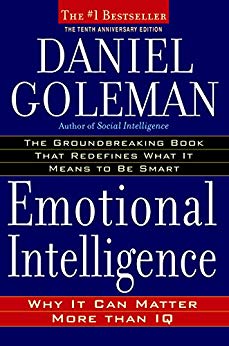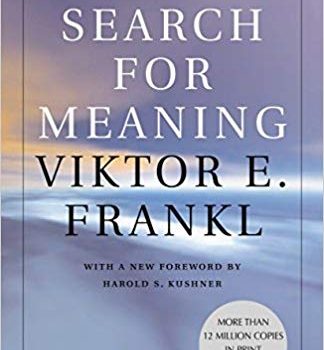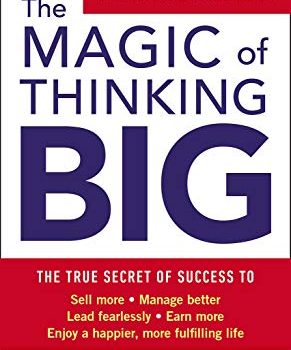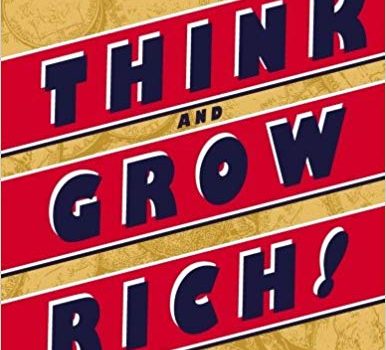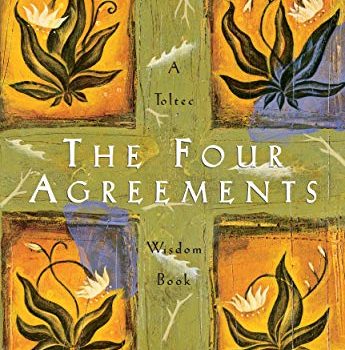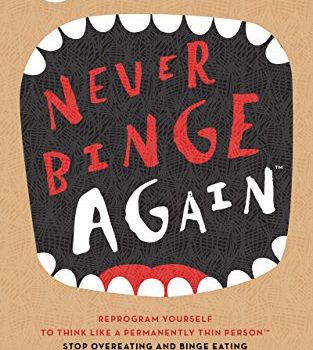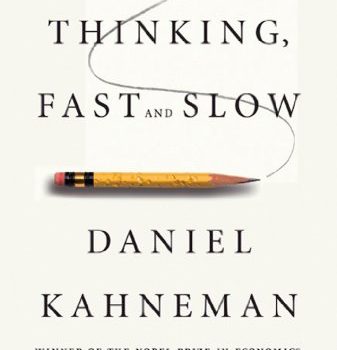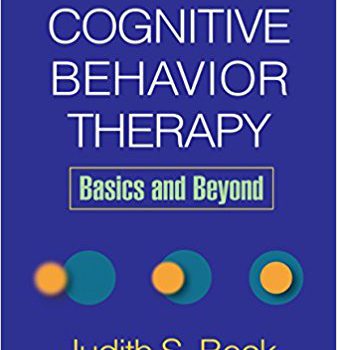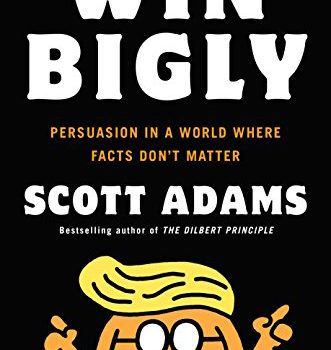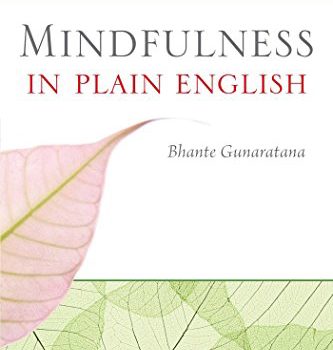Do you constantly get swept away by your emotions? Would you like to learn how to control your emotional reactions at home or at work? Or maybe you need help dealing with someone else’s emotions?
Emotional Intelligence by Daniel Goleman is the gold standard book on emotions – what emotions are and why we have them, how we can get better at managing them, and why the well-being of humanity might depend on us doing so.
Many cultures, particularly Western ones, place a lot of emphasis on intelligence as a barometer of success. We’ve even developed tests to measure our intelligence, resulting in a score known as our intelligence quotient, or IQ. But data suggests that IQ only accounts for about 20% of success in life, with the remaining 80% being made up by other factors, emotional intelligence included.
In this summary of Emotional Intelligence, learn:
- Why humans have emotions to begin with
- How your experiences as a baby, before you have a working memory, can cause emotional hijackings as an adult
- How your chilldhood interactions with your parents shape how empathetic you are and how you react to things emotionally
- How to manage anger, anxiety, and sadness in yourself — and in others
